39 label nucleotide
Nucleotide - Wikipedia Nucleotides are organic molecules composed of a nitrogenous base , a pentose sugar and a phosphate. They serve as monomeric units of the nucleic acid polymers – deoxyribonucleic acid (DNA) and ribonucleic acid (RNA), both of which are essential biomolecules within all life-forms on Earth. Nucleotide - Genome Mar 1, 2023 · A nucleotide consists of a sugar molecule (either ribose in RNA or deoxyribose in DNA) attached to a phosphate group and a nitrogen-containing base. The bases used in DNA are adenine (A), cytosine (C), guanine (G) and thymine (T). In RNA, the base uracil (U) takes the place of thymine.
Methods for Labeling Nucleic Acids - Thermo Fisher Scientific Common labels used to generate nucleic acid probes include radioactive phosphates, biotin, fluorophores and enzymes. In addition, the bioconjugation methods used for nucleic acid probe generation may be adapted for attaching nucleic acids to other molecules or surfaces to facilitate targeted delivery or immobilization, respectively. Page contents
Label nucleotide
Nucleotide - Definition, Structure (3 Parts), Examples & Function Oct 4, 2019 · A nucleotide is an organic molecule that is the building block of DNA and RNA. They also have functions related to cell signaling, metabolism, and enzyme reactions. A nucleotide is made up of three parts: a phosphate group, a 5-carbon sugar, and a nitrogenous base. The four nitrogenous bases in DNA are adenine, cytosine, guanine, and thymine. DNA function & structure (with diagram) (article) | Khan Academy All four nucleotides (A, T, G and C) are made by sticking a phosphate group and a nucleobase to a sugar. The sugar in all four nucleotides is called deoxyribose. It’s a cyclical molecule—most of its atoms are arranged in a ring-structure. The ring contains one oxygen and four carbons. Nucleic acids (article) | Khan Academy Each nucleotide in DNA contains one of four possible nitrogenous bases: adenine (A), guanine (G) cytosine (C), and thymine (T). Adenine and guanine are purines, meaning that their structures contain two fused carbon-nitrogen rings. Cytosine and thymine, in contrast, are pyrimidines and have a single carbon-nitrogen ring.
Label nucleotide. 3 Parts of a Nucleotide and How They Are Connected - ThoughtCo Jan 24, 2020 · Nucleotides are the building blocks of the DNA and RNA used as genetic material. Nucleotides also are used for cell signaling and to transport energy throughout cells. You may be asked to name the three parts of a nucleotide and explain how they are connected or bonded to each other. Here's the answer for both DNA and RNA . Nucleic acids (article) | Khan Academy Each nucleotide in DNA contains one of four possible nitrogenous bases: adenine (A), guanine (G) cytosine (C), and thymine (T). Adenine and guanine are purines, meaning that their structures contain two fused carbon-nitrogen rings. Cytosine and thymine, in contrast, are pyrimidines and have a single carbon-nitrogen ring. DNA function & structure (with diagram) (article) | Khan Academy All four nucleotides (A, T, G and C) are made by sticking a phosphate group and a nucleobase to a sugar. The sugar in all four nucleotides is called deoxyribose. It’s a cyclical molecule—most of its atoms are arranged in a ring-structure. The ring contains one oxygen and four carbons. Nucleotide - Definition, Structure (3 Parts), Examples & Function Oct 4, 2019 · A nucleotide is an organic molecule that is the building block of DNA and RNA. They also have functions related to cell signaling, metabolism, and enzyme reactions. A nucleotide is made up of three parts: a phosphate group, a 5-carbon sugar, and a nitrogenous base. The four nitrogenous bases in DNA are adenine, cytosine, guanine, and thymine.
.jpg)

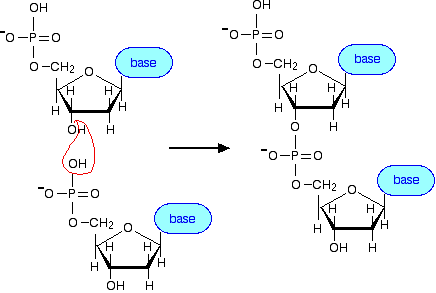
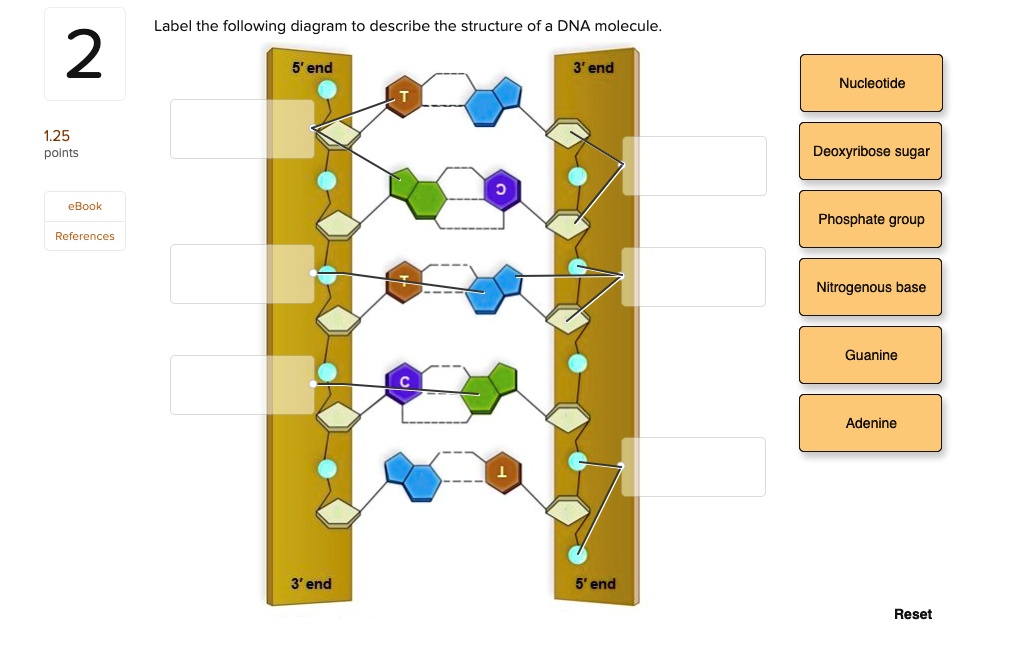

:max_bytes(150000):strip_icc()/what-are-the-parts-of-nucleotide-606385-FINAL-5b76fa94c9e77c0025543061.png)


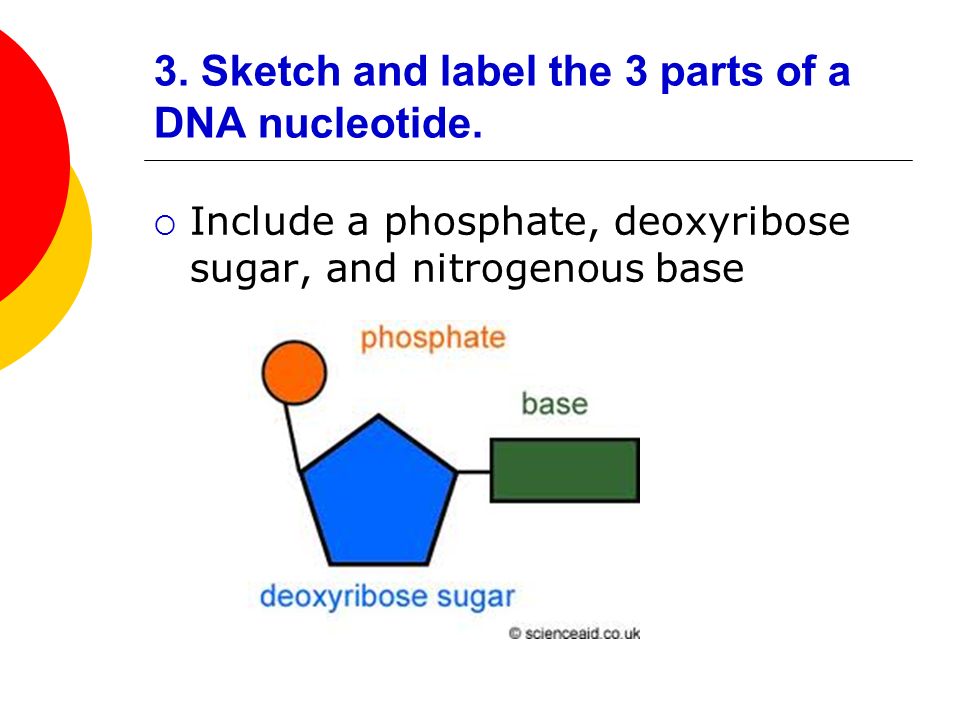

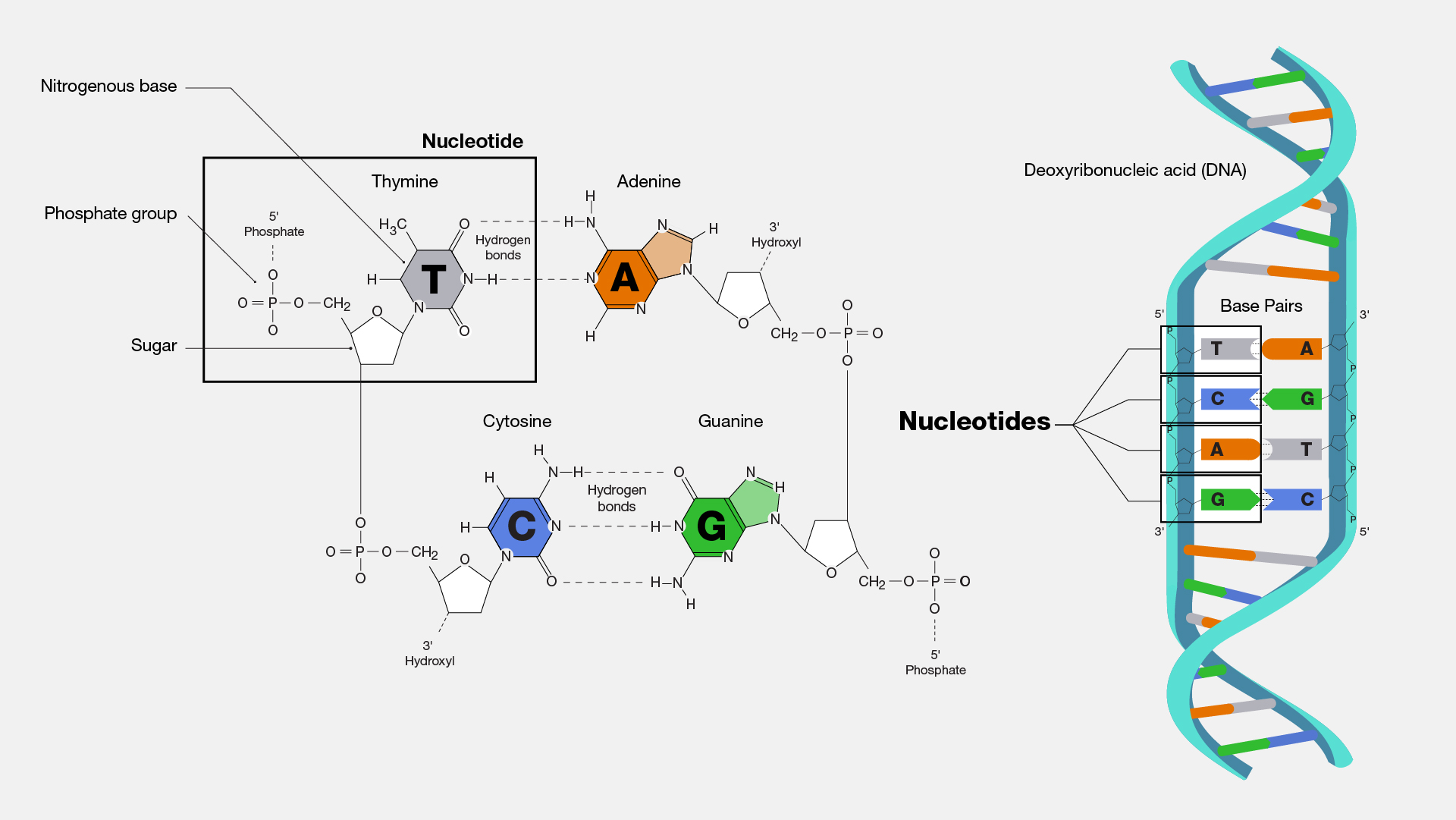

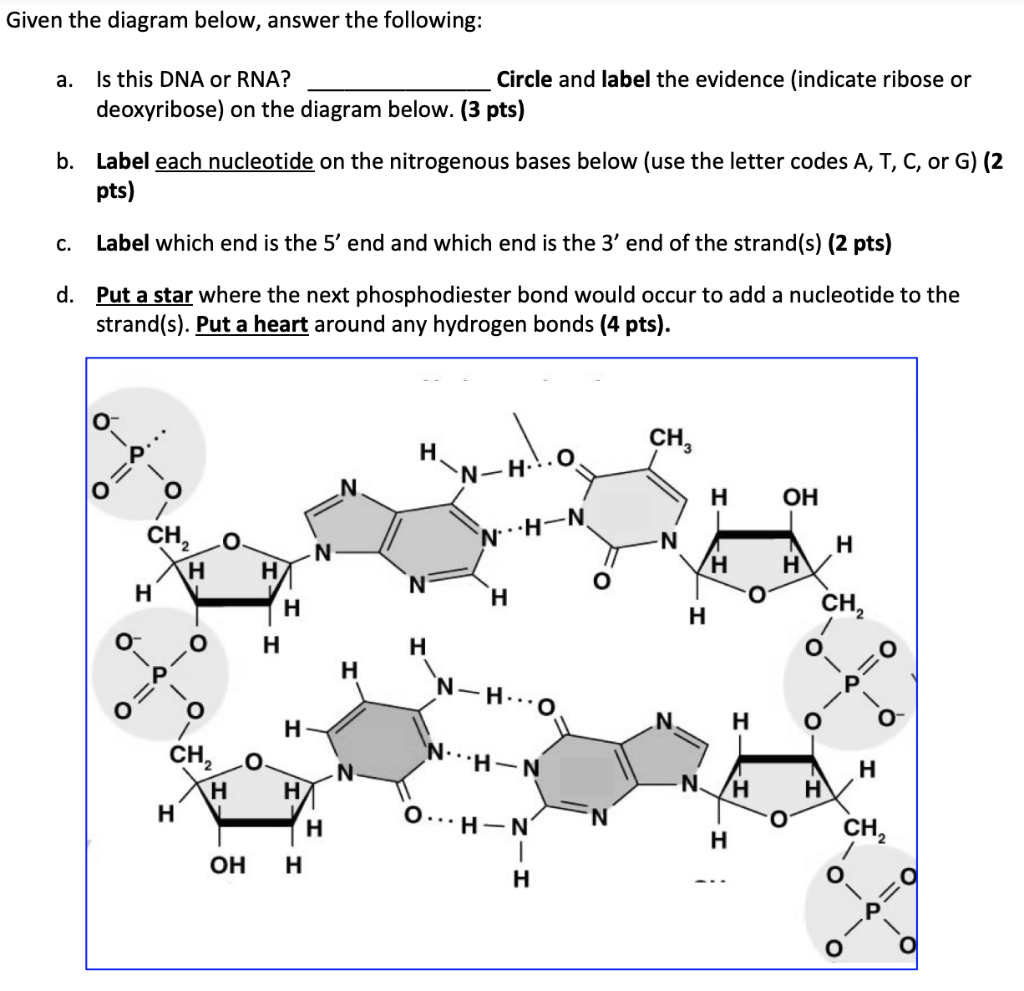
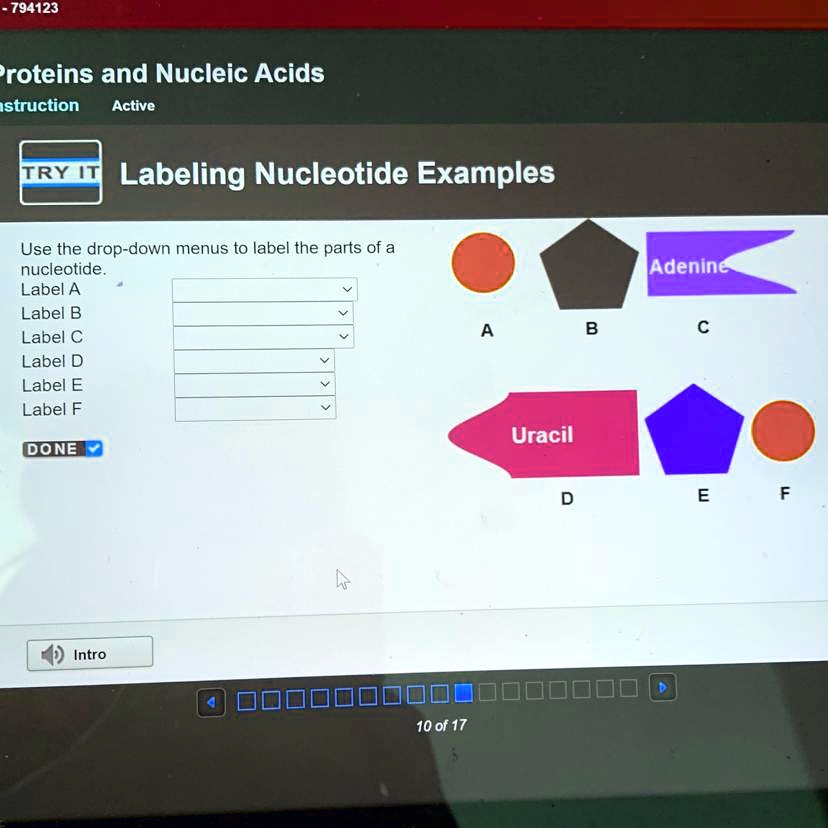
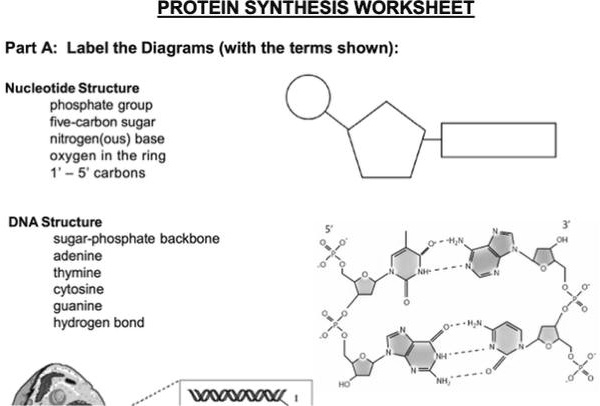

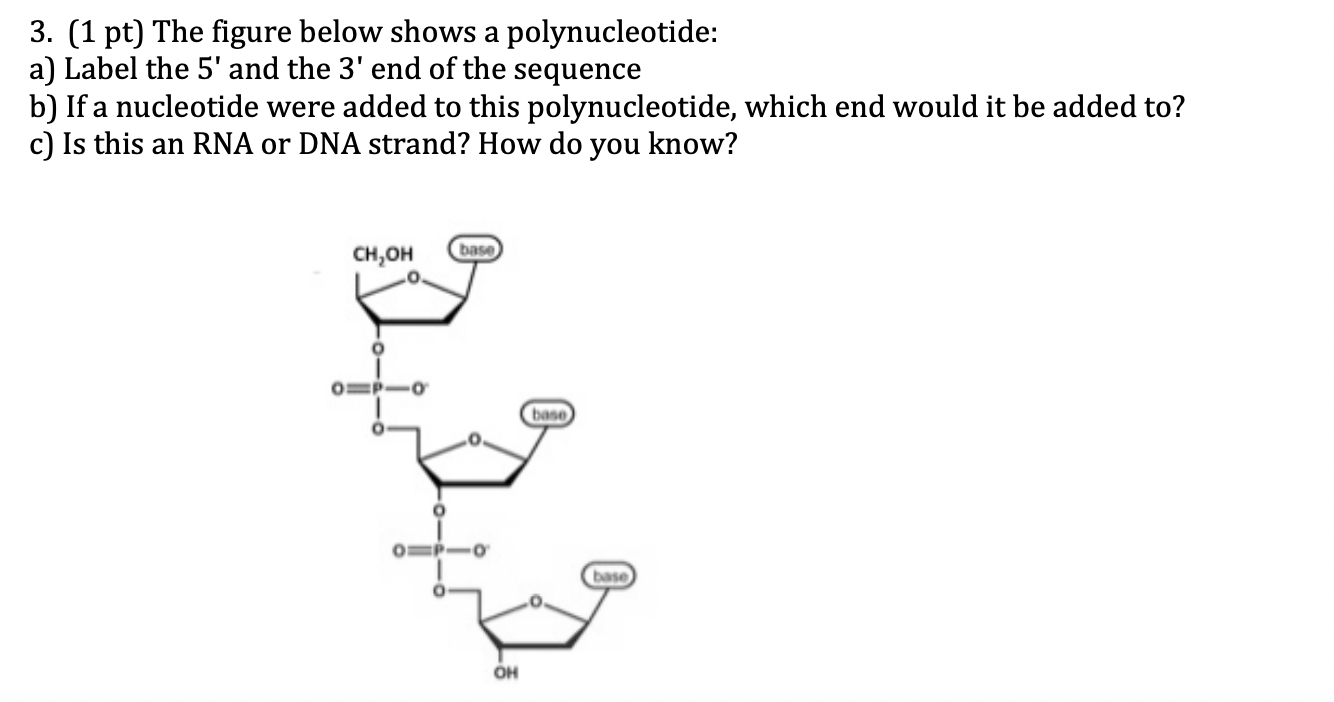
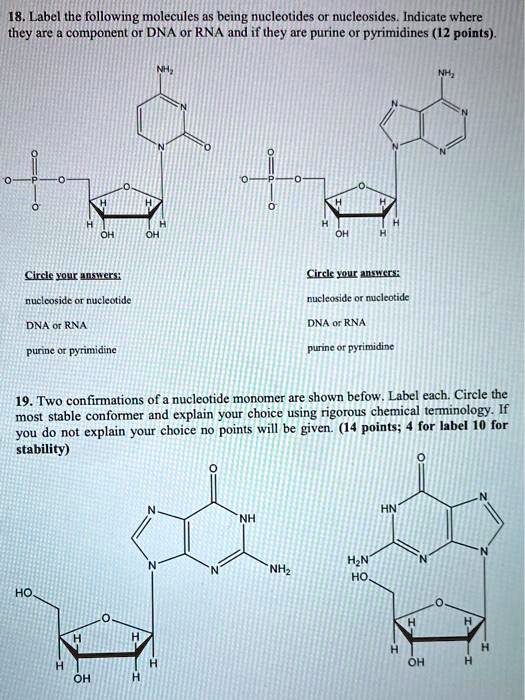



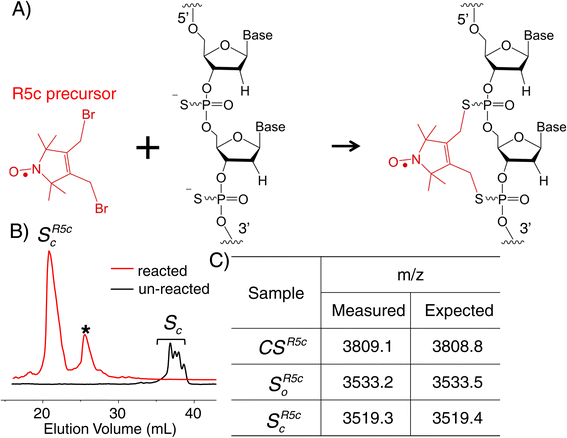

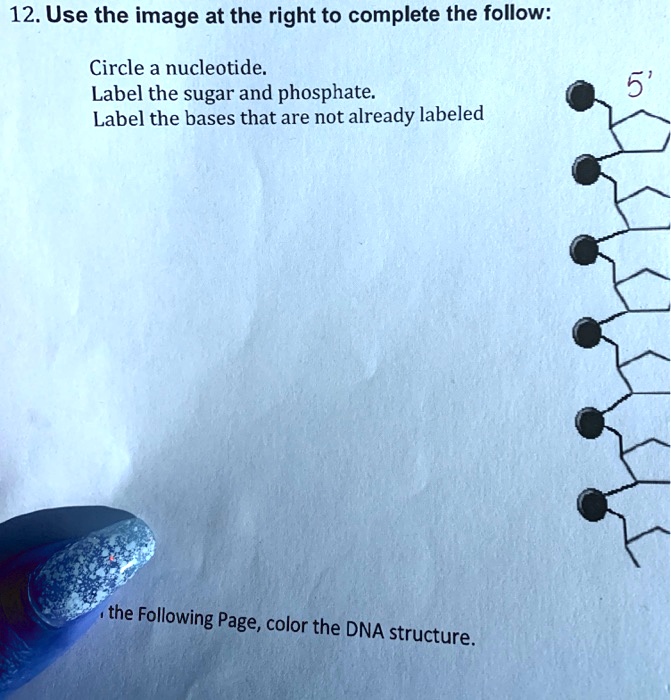
.jpg)





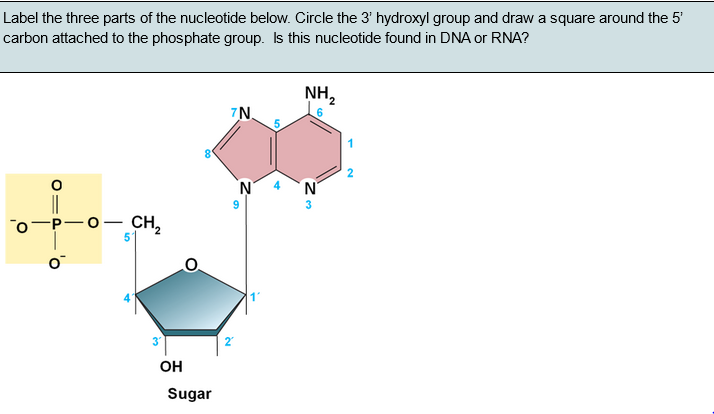

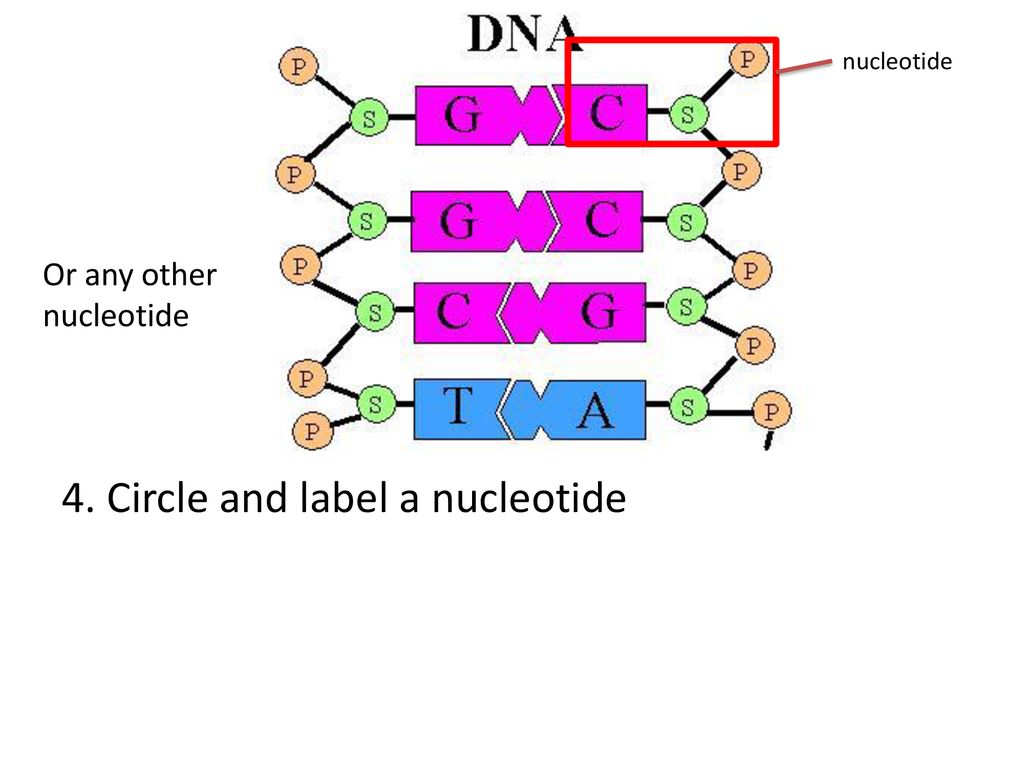

Post a Comment for "39 label nucleotide"